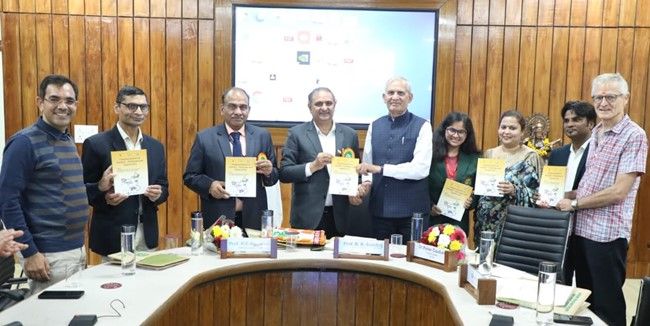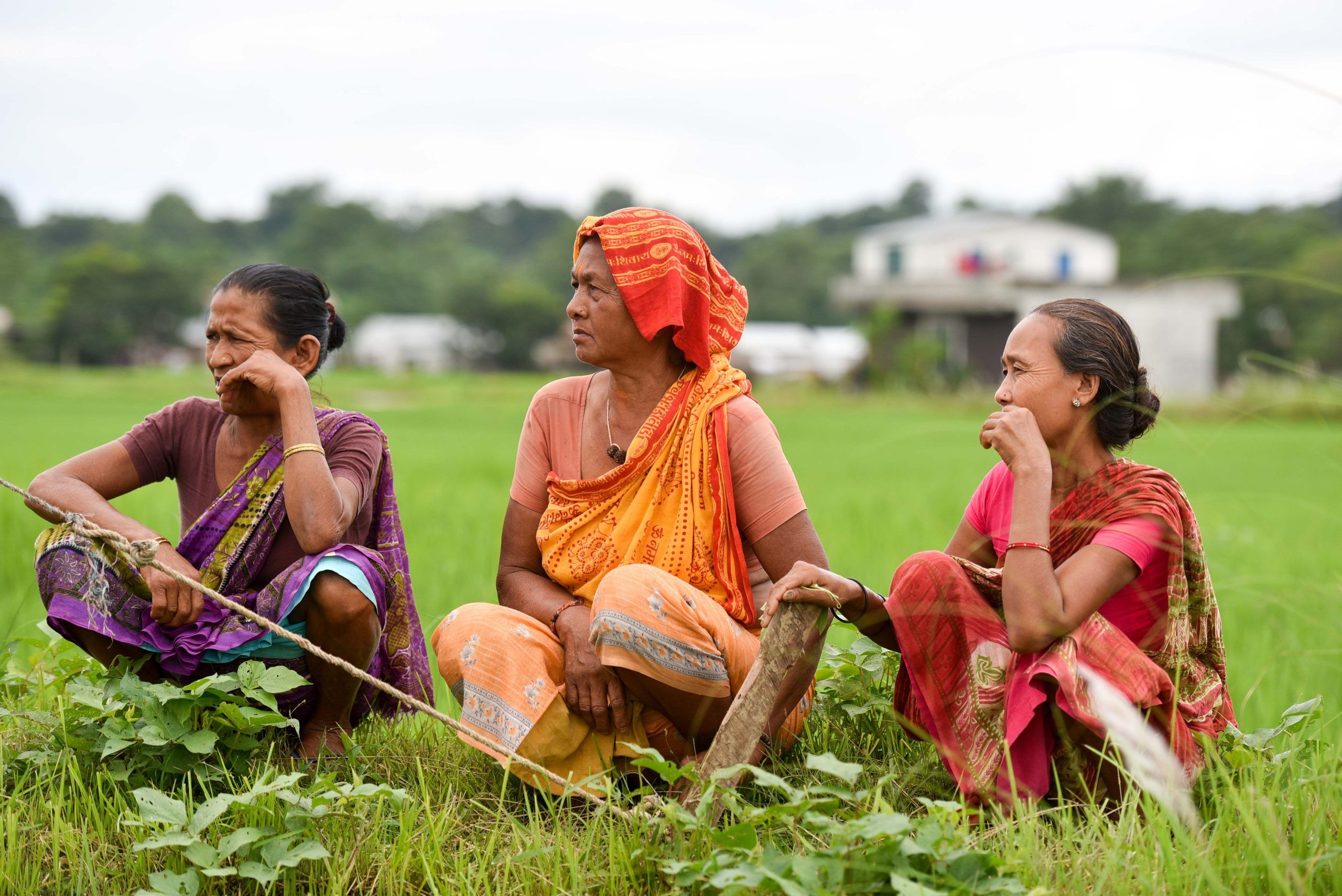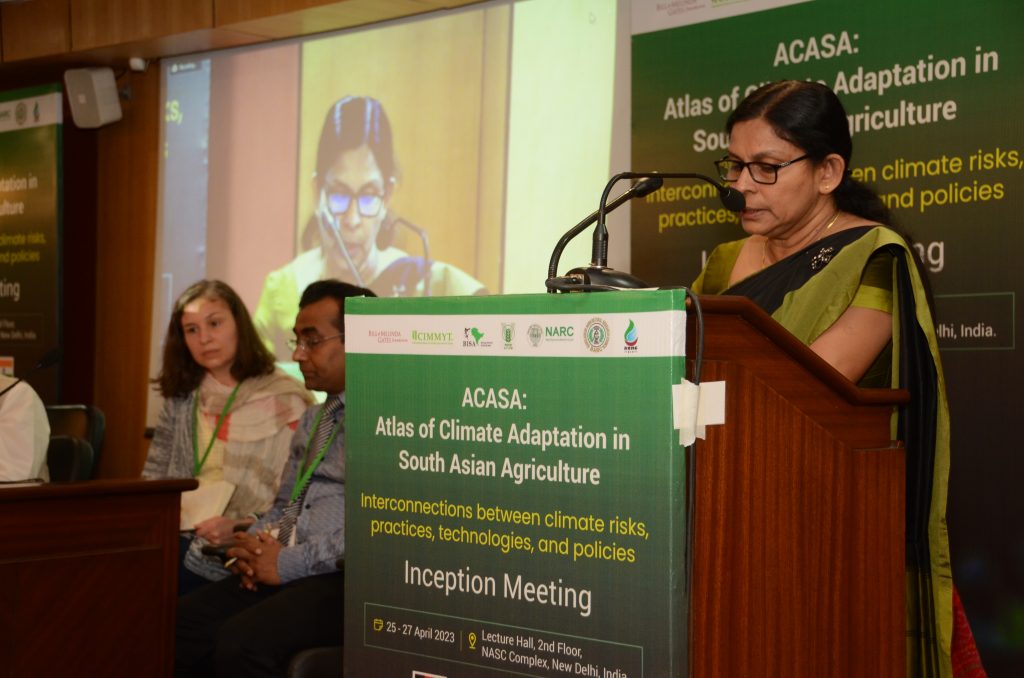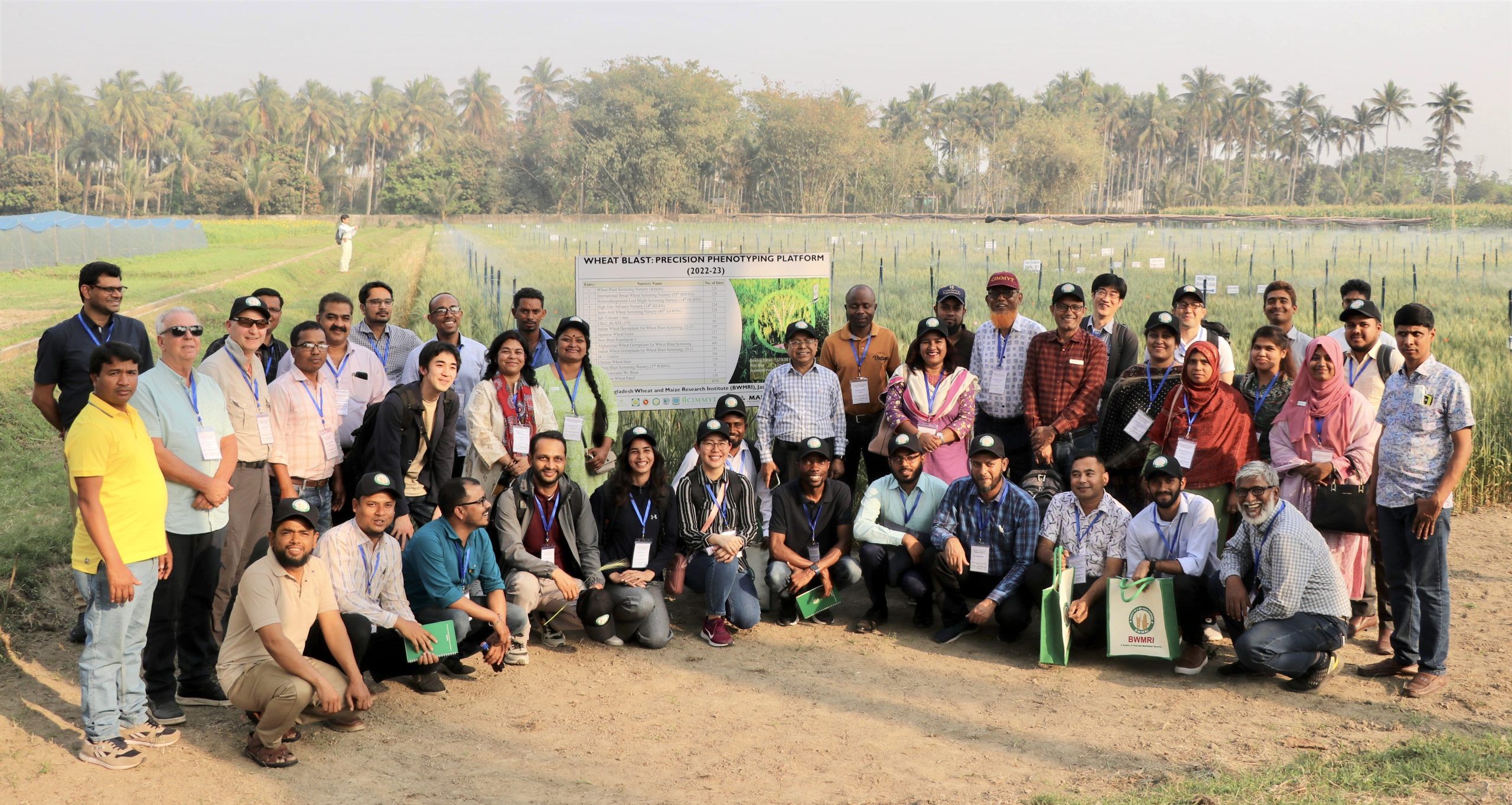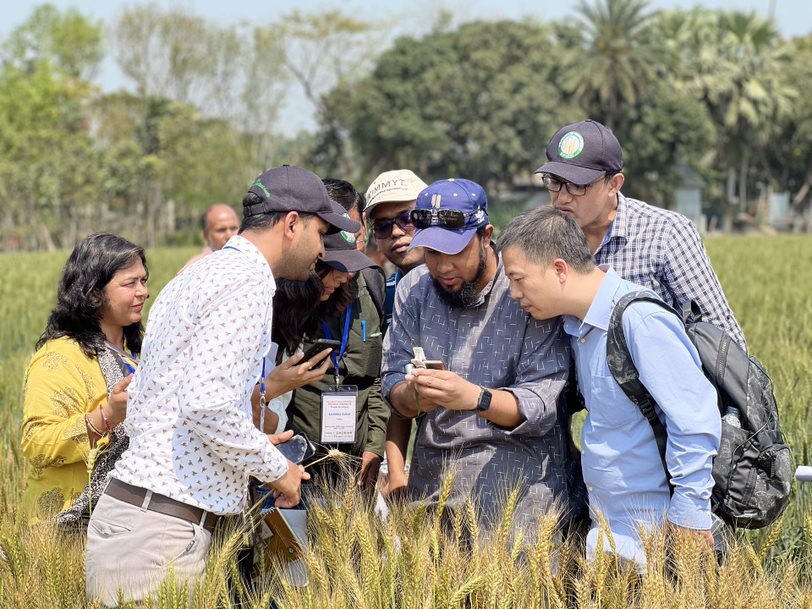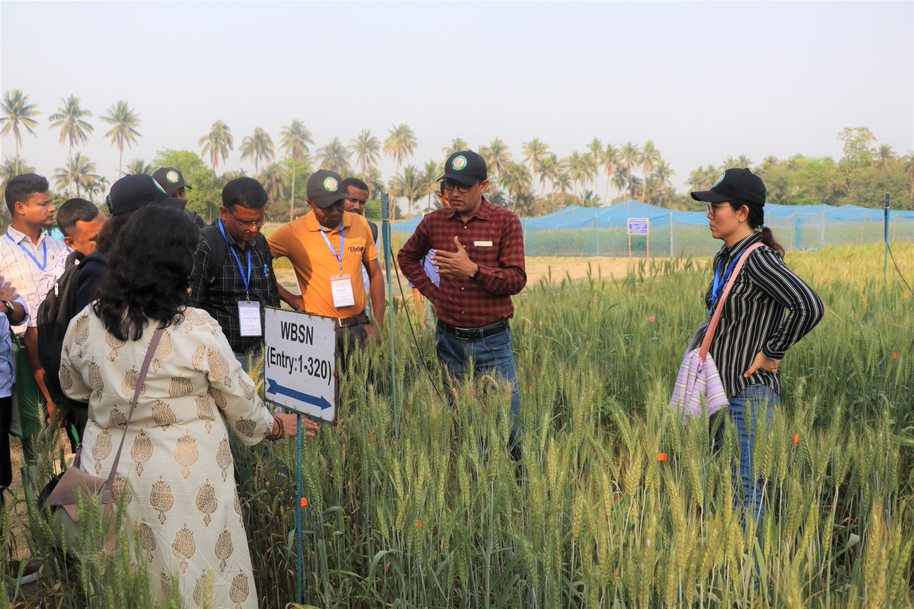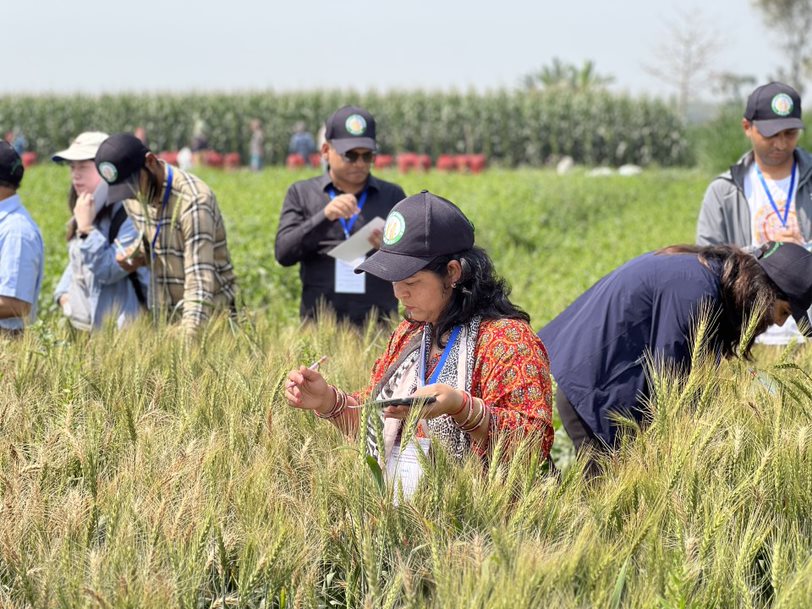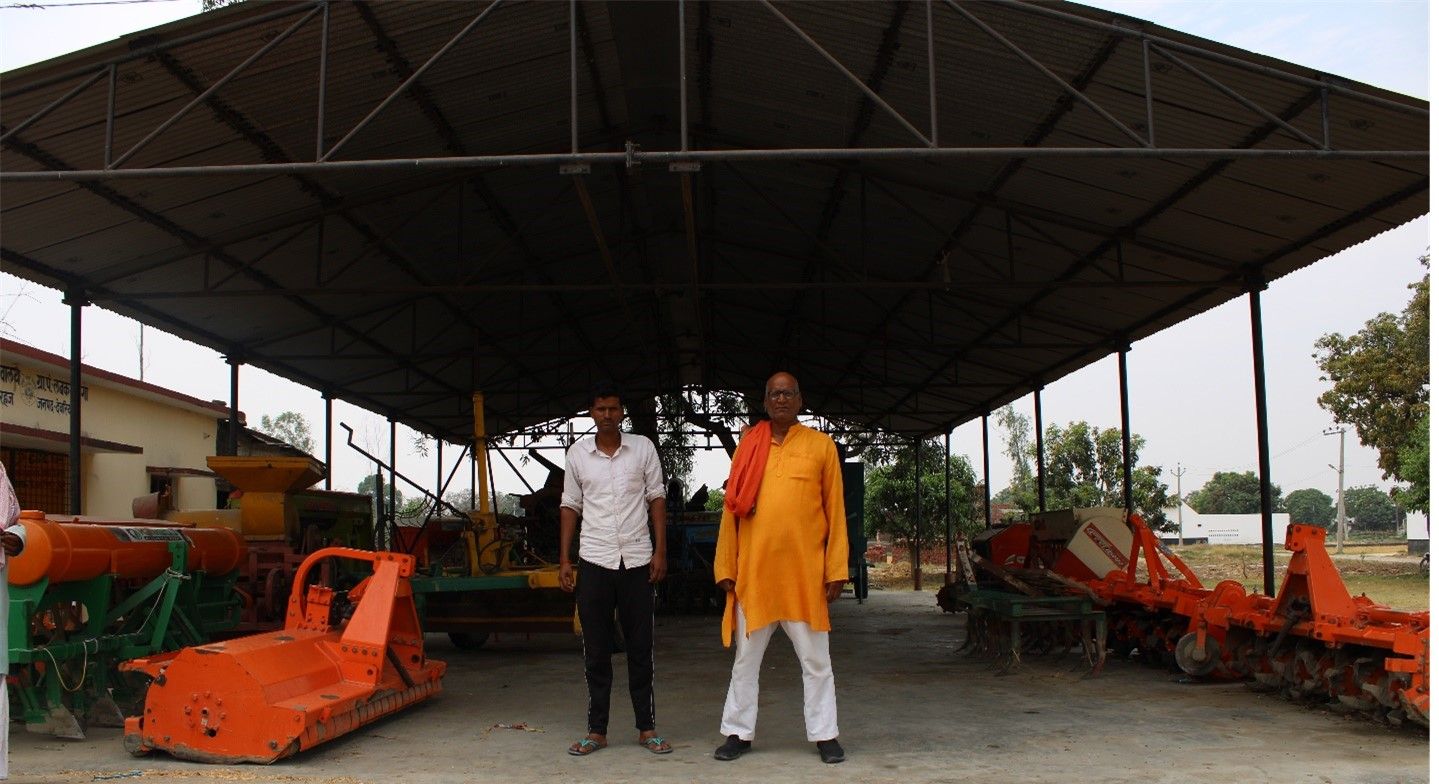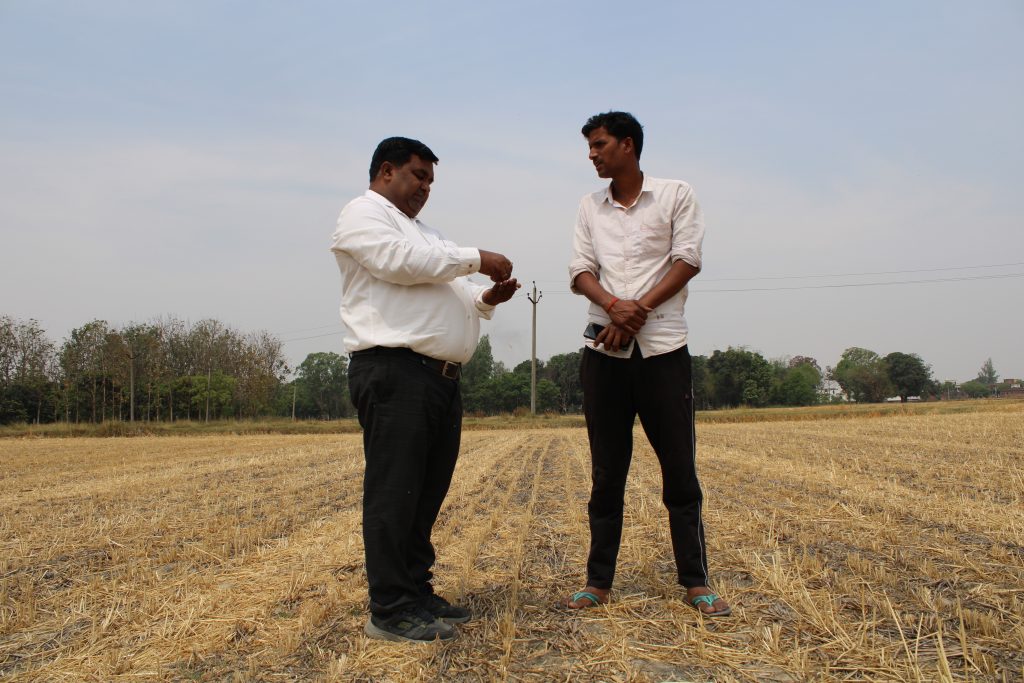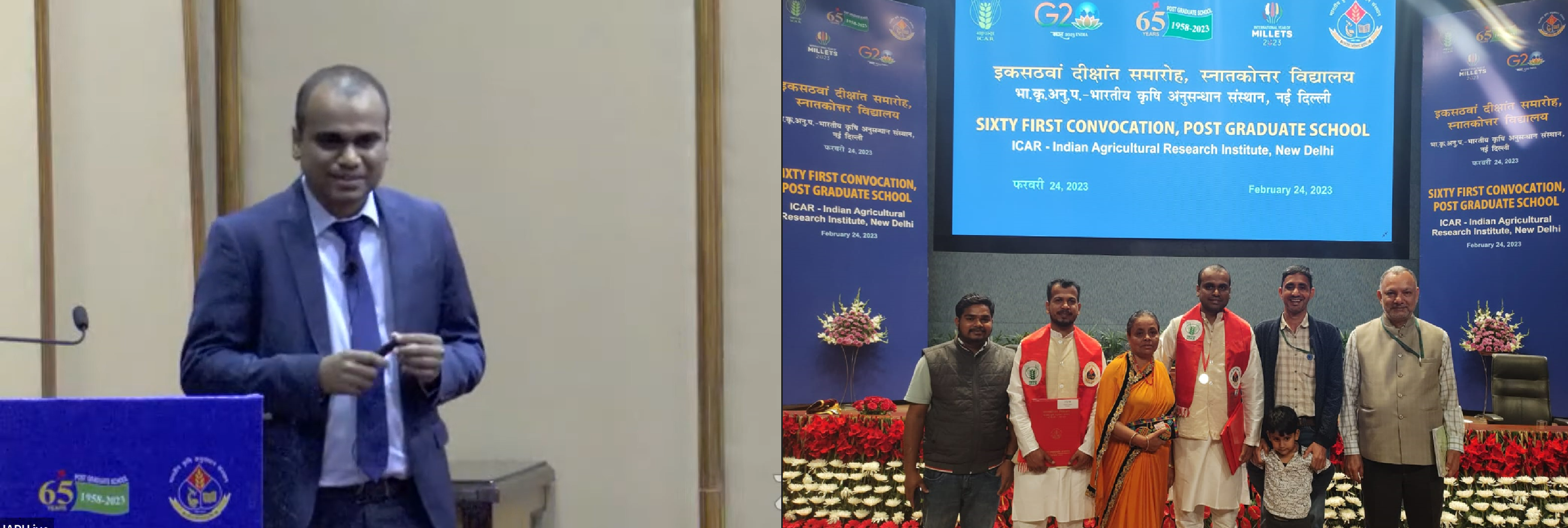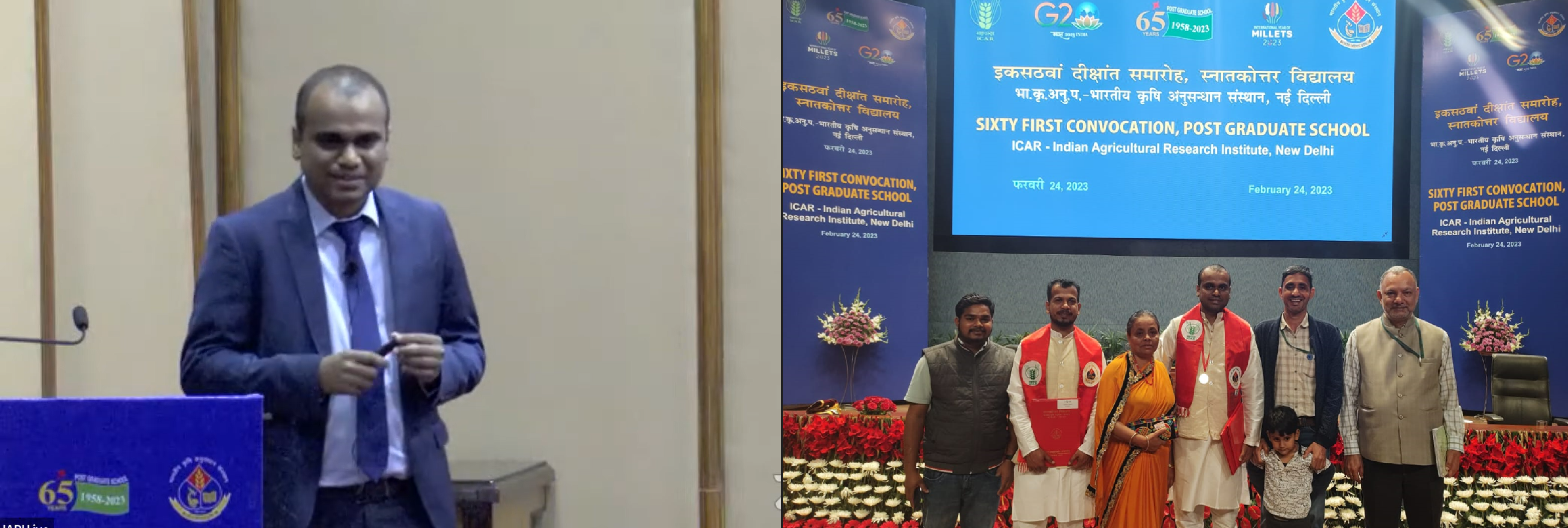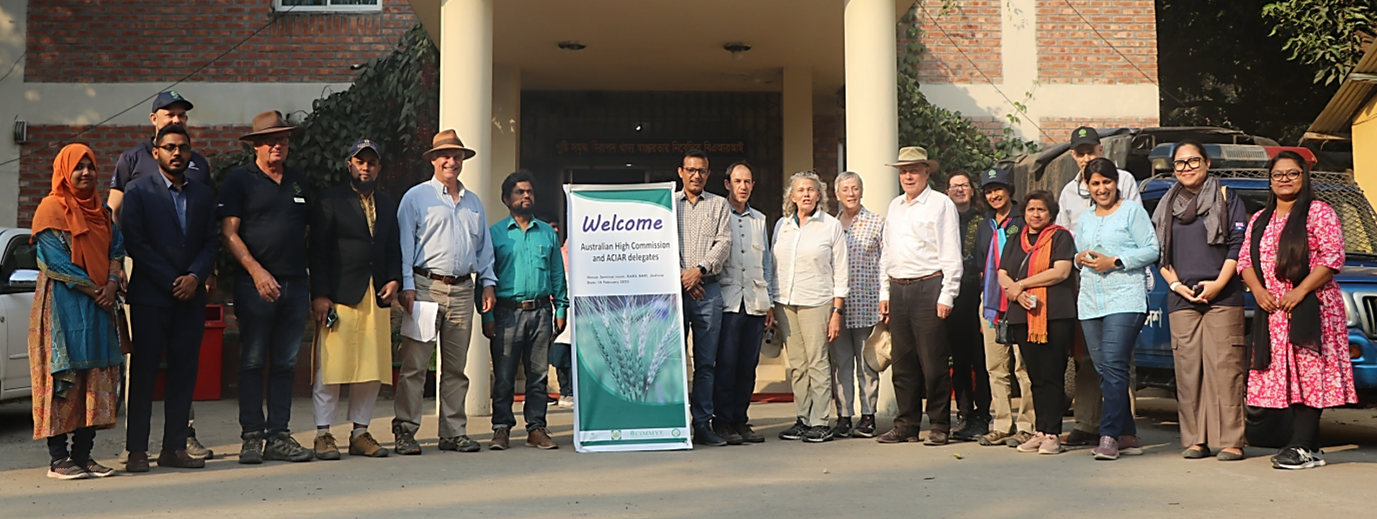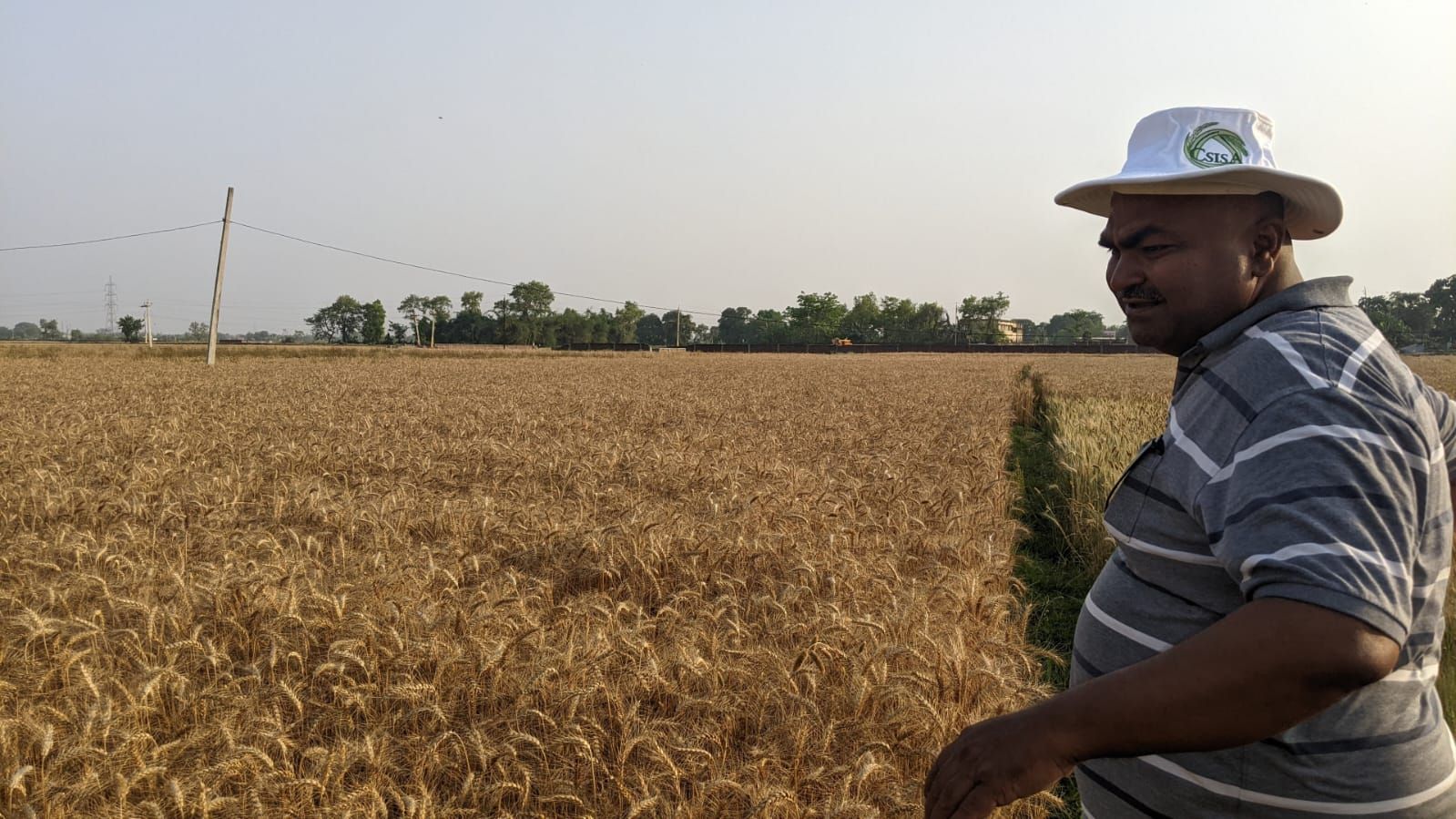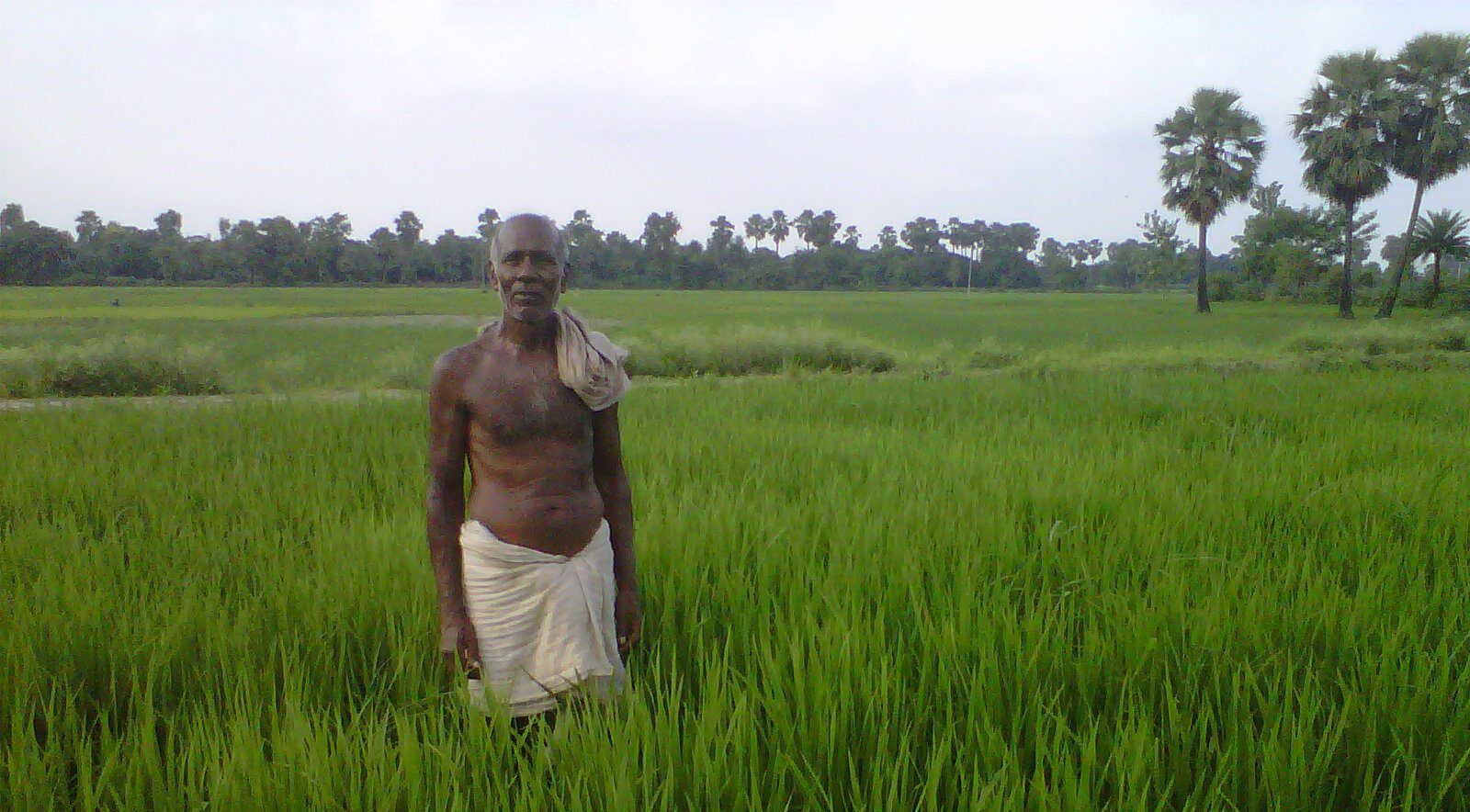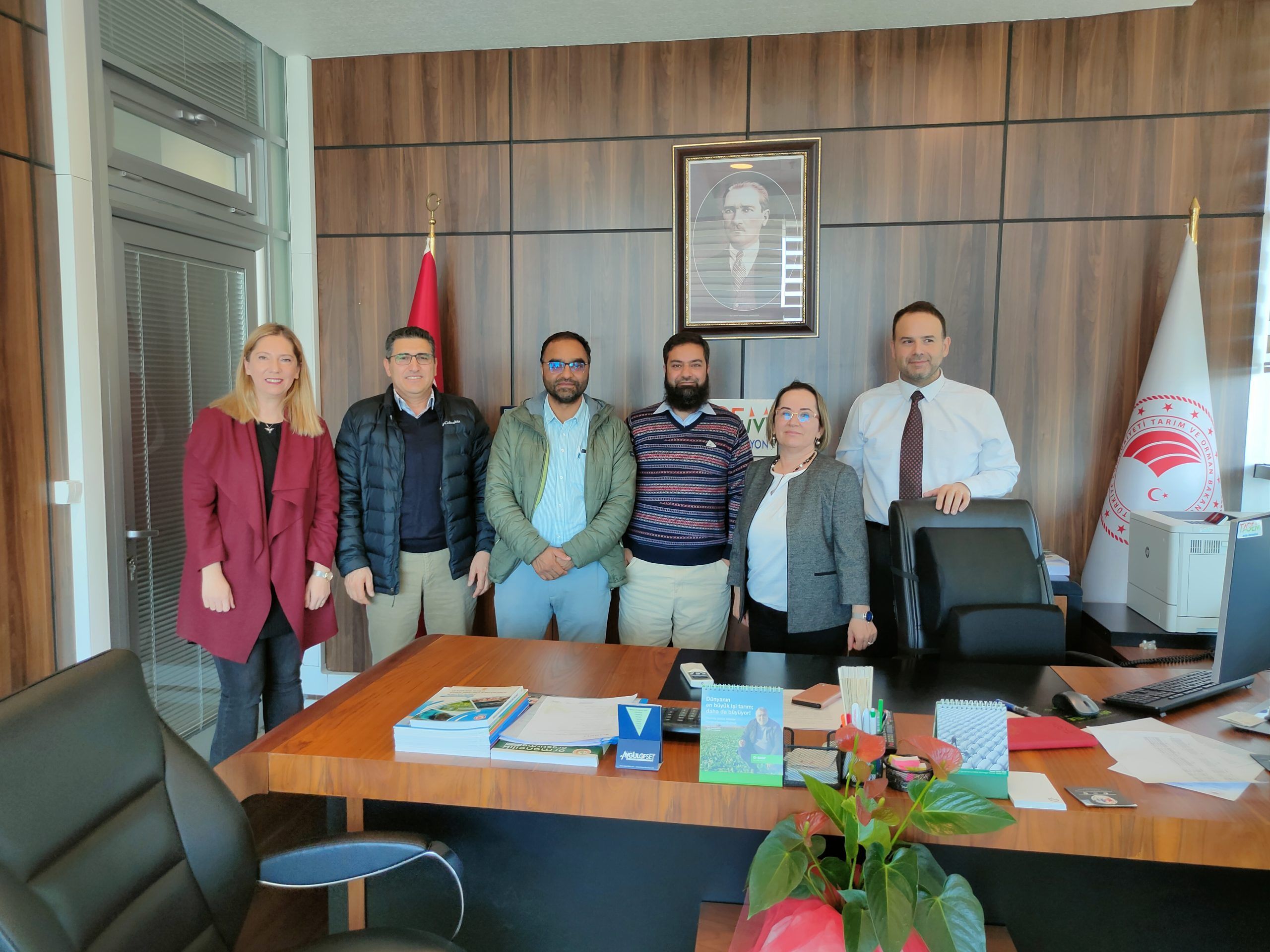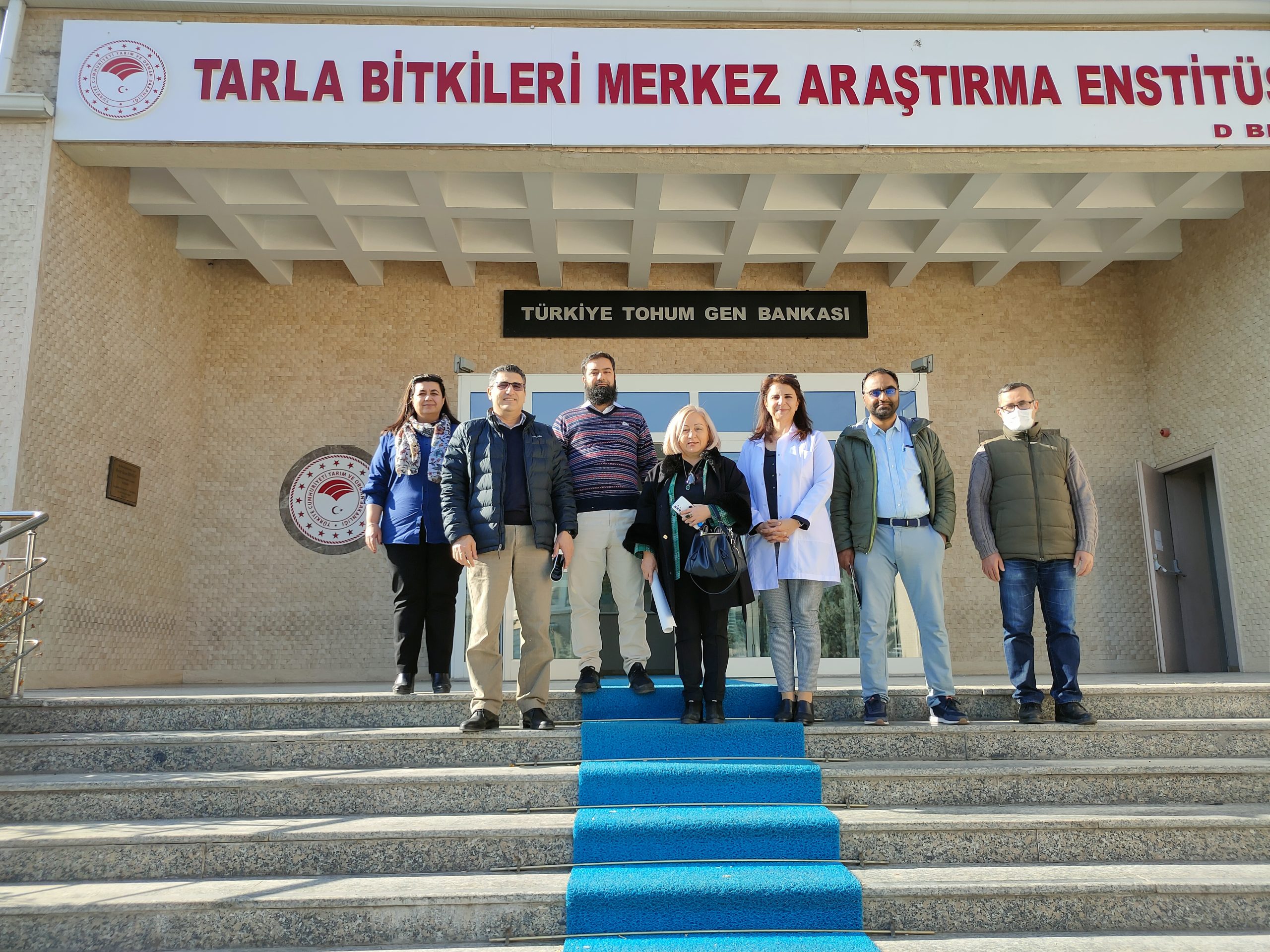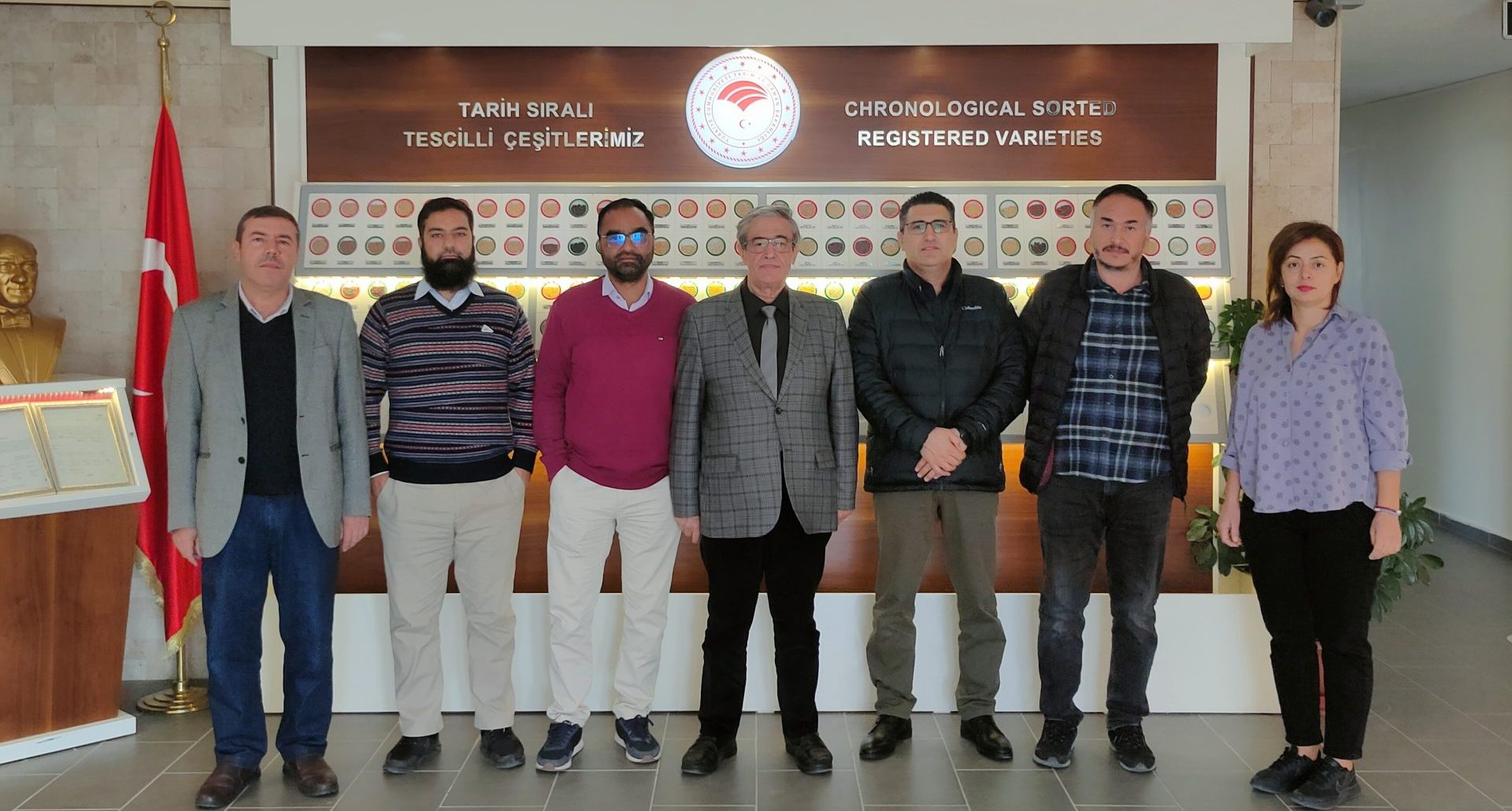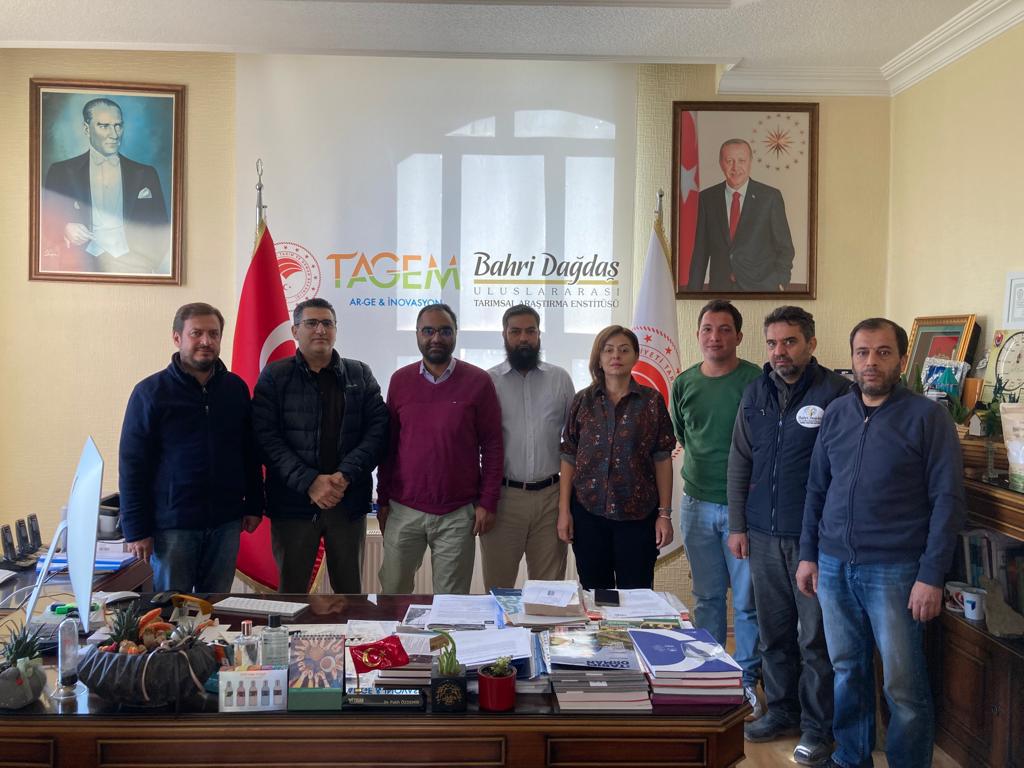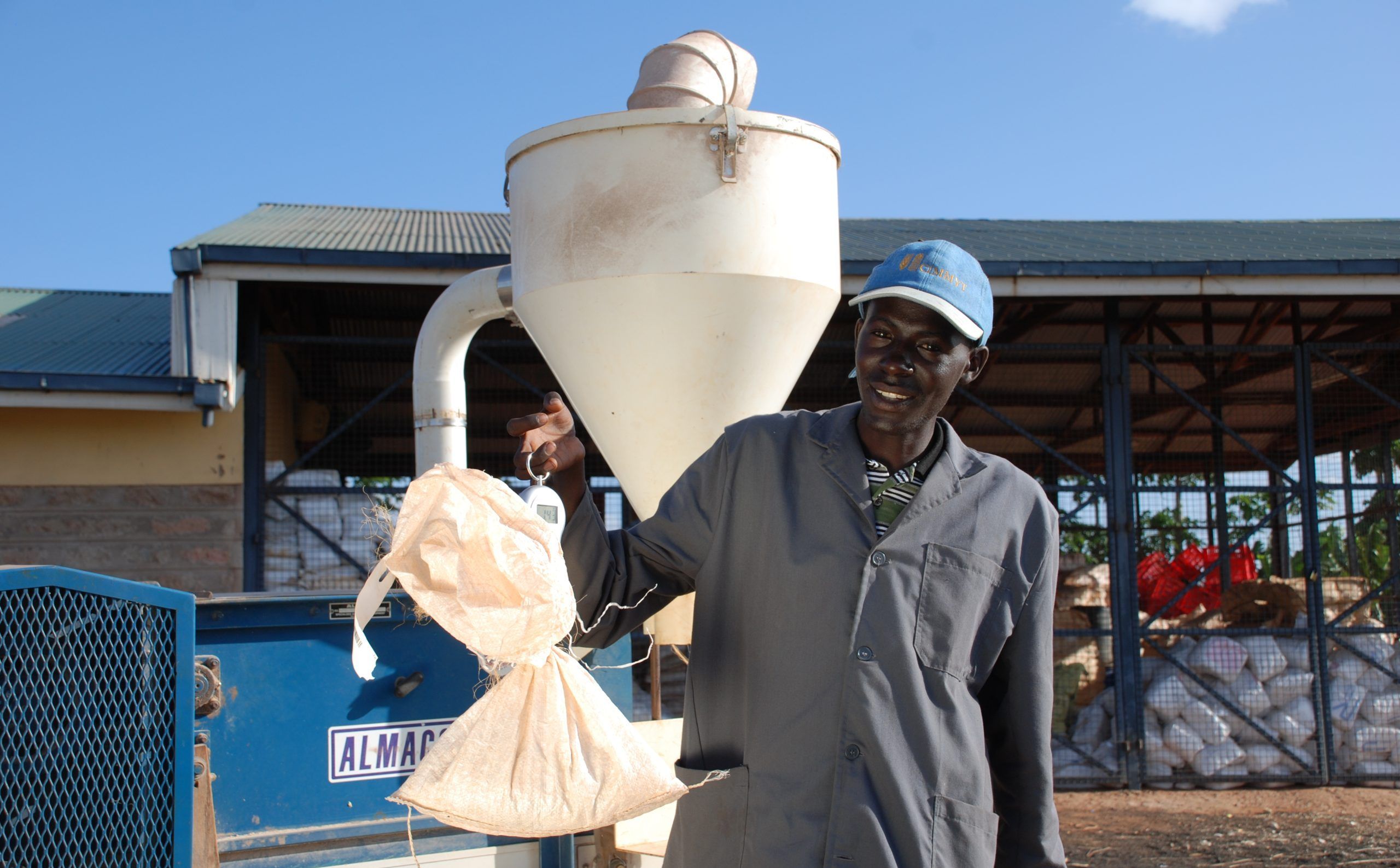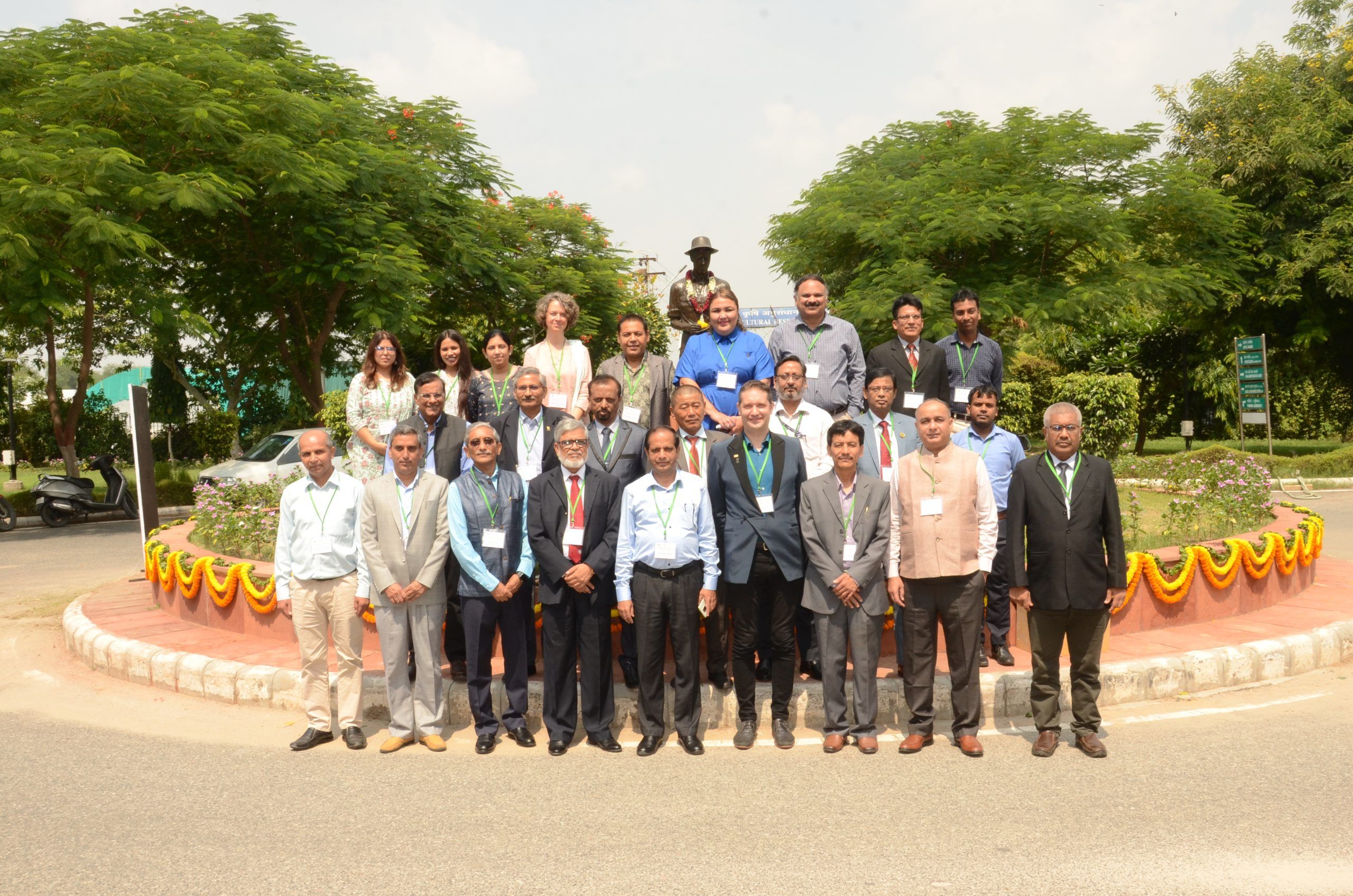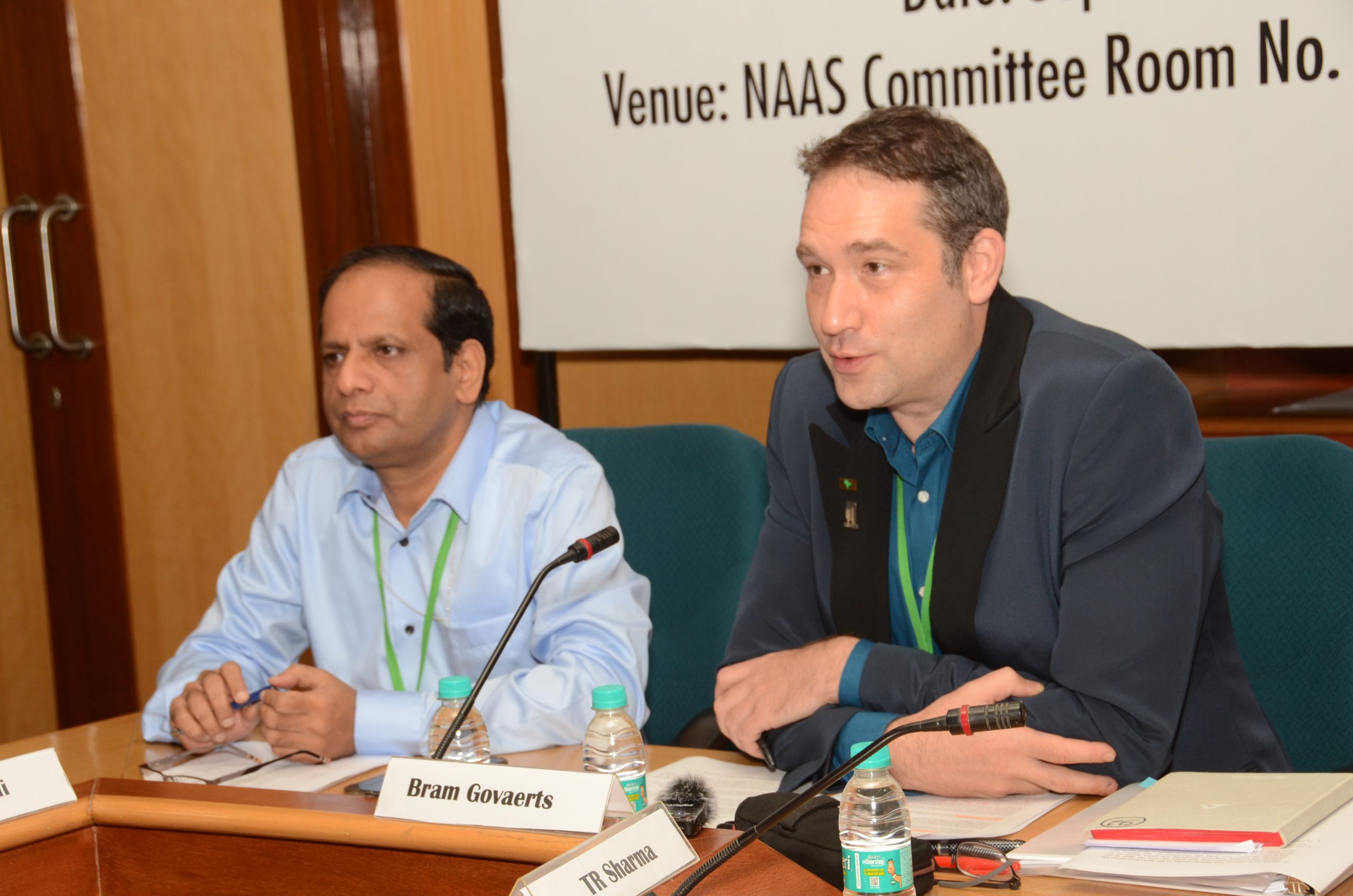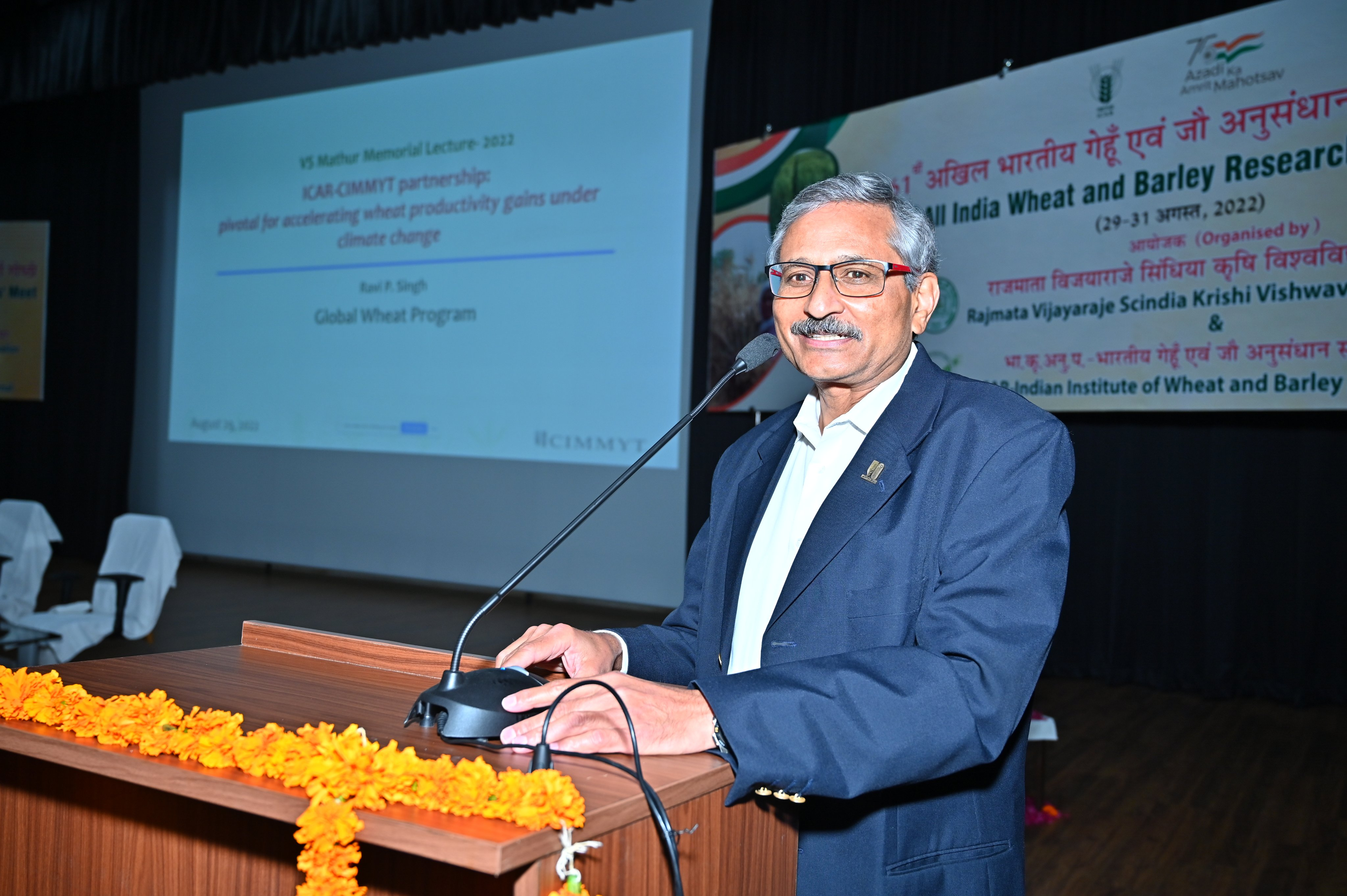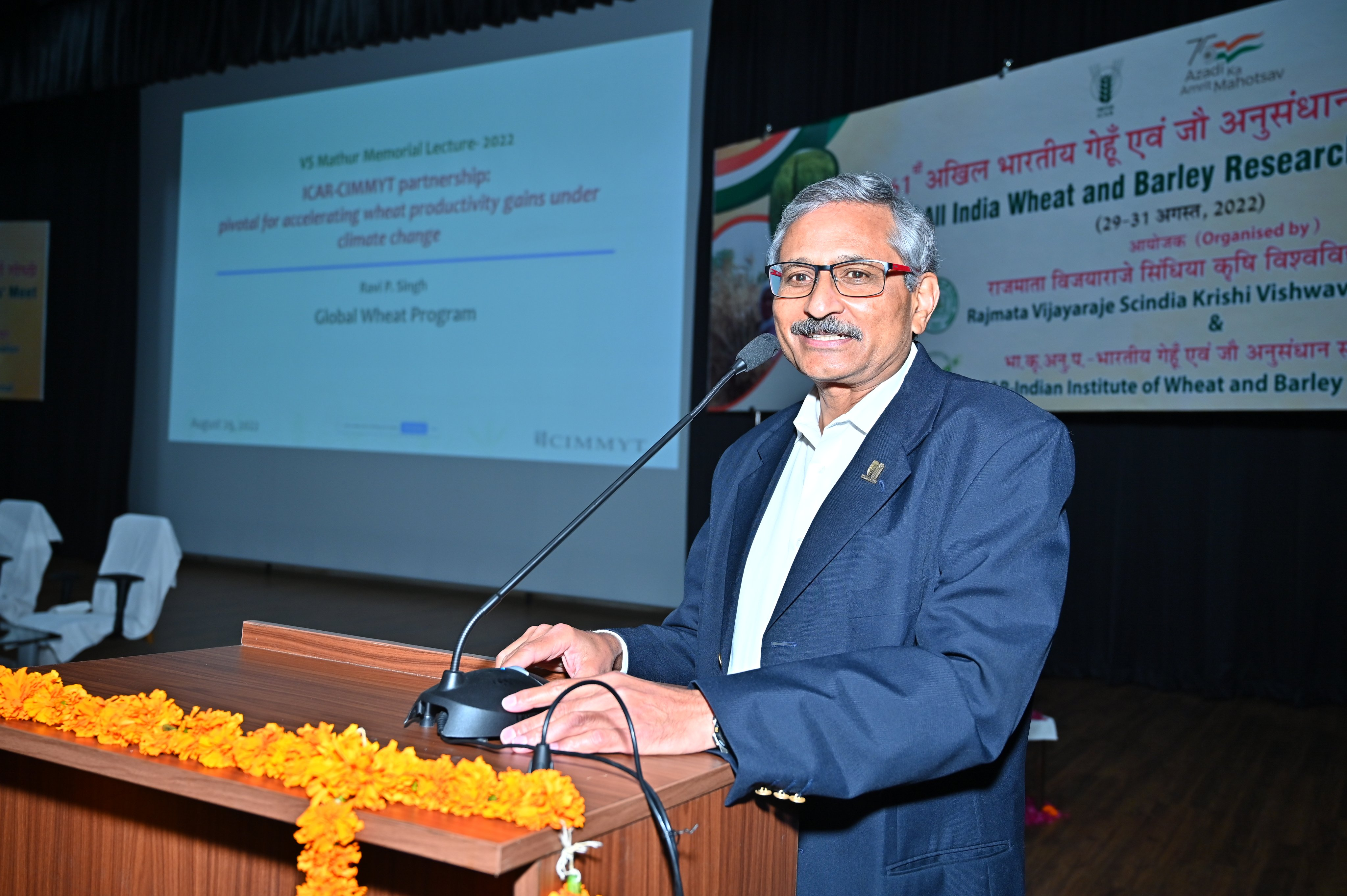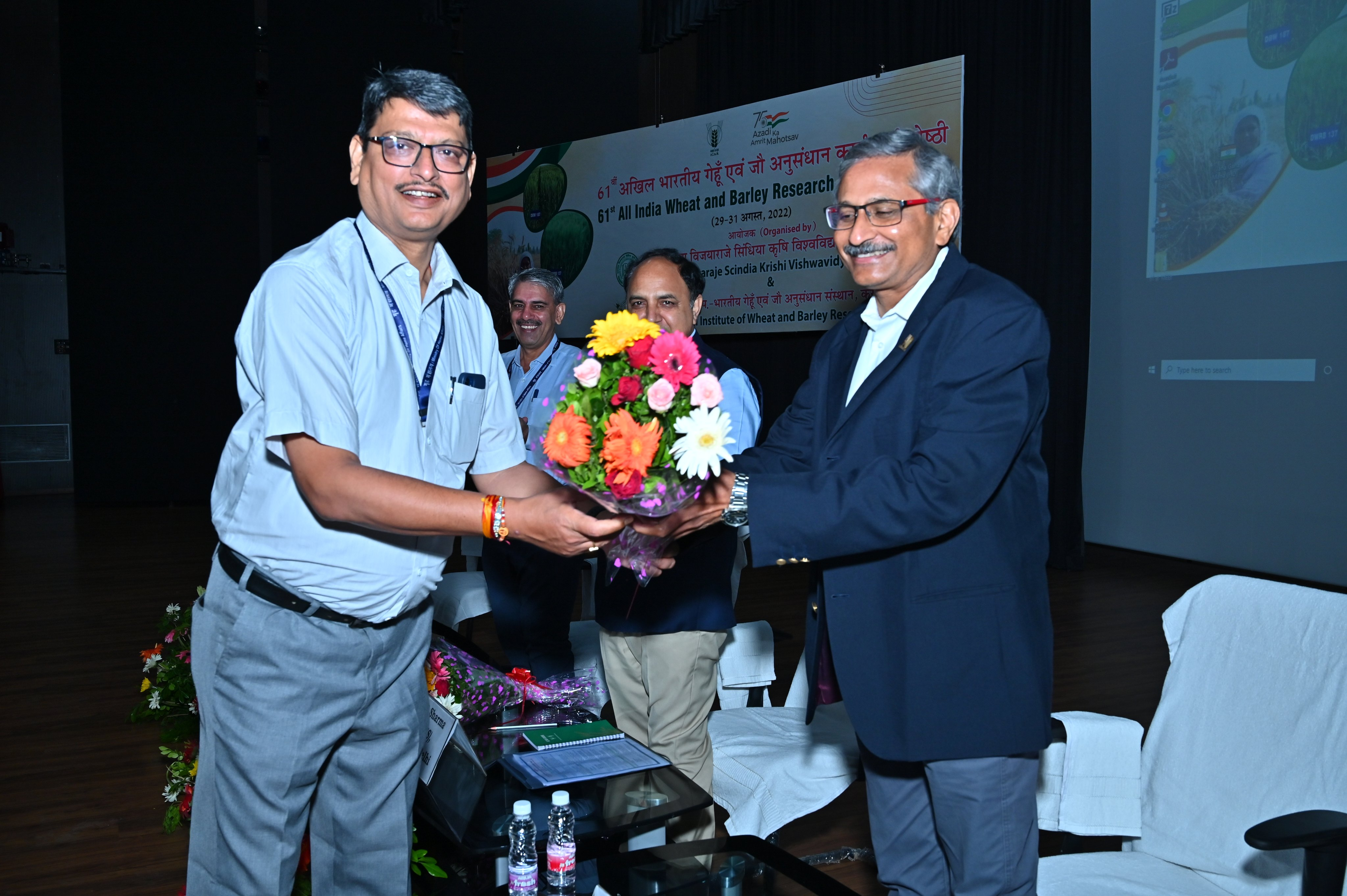Building technical capacity for emerging agri-research science and big data management
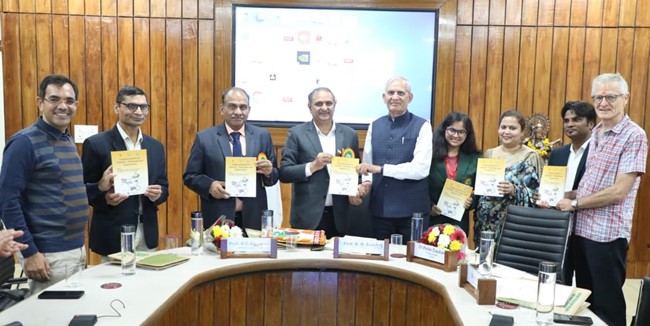
Working alongside smallholder farmers, the Cereal Systems Initiative for South Asia (CSISA) project, has forged partnerships at the state and center levels to bridge the gap between innovation and the adoption of sustainable agricultural systems. In its current phase (2022-2025) in India, CSISA is helping mainstream innovation processes into the programing of national and state institutes through joint extension and research activities, including capacity building initiatives. Chaudhury Charan Singh Haryana Agriculture University (CCSHAU) is one of Asia’s biggest agricultural universities, located at Hisar in state of Haryana, India. Initially a campus of Punjab Agricultural University, Ludhiana, it became an autonomous institution in 1970 and contributed significantly to both the Green and White Revolutions in India.
Together with CCSHAU, CSISA recently initiated a landscape diagnostic survey (LDS) under the university’s rural agricultural work experience (RAWE) program for students graduating with an honors Bachelor of Science in agriculture. The twin objectives of this initiative were to gain an understanding of the existing challenges and opportunities for different cropping systems in Haryana through a bottom-up approach and to prepare students for careers in agriculture by building their practical skills in digital agriculture and big data management. This, explained CCSHAU Vice Chancellor B.R. Kamboj, who led the collaboration with CSISA, would provide recent graduates with the opportunity to “design a survey schedule, collect data in digital format, understand how farmers are adopting new technologies, and the learnings and challenges associated with each cropping system.”
Developing solutions for tomorrow’s problems
The predominant cropping systems practiced within the three ecologies of Haryana state are: the rice-wheat cropping system (RWCS); the cotton-wheat cropping system (CWCS); and the pearl millet-mustard cropping system (PMCS). The landscape diagnostic survey was carried out in parts of Sirsa and Hisar districts (for CWCS), Rewari and Mahendergarh districts (for PMCS) and Panipat, Yamunanagar, and Kurukshetra districts (for RWCS). The entire survey design was based on farmers’ participatory engagement and the cropping system framework.
A thorough process of survey design, including the training of master trainers, followed by orientation for students, was undertaken by the university’s RAWE faculty with support from CSISA’s technical team and participating KVKs. Students collected data from farming households using questionnaires and analyzed them using different analytical tools and techniques. Based on farmers’ responses, important data points about the region’s three crucial cropping systems were recorded and a book entitled Cropping Systems of Haryana – Challenges and Opportunities was published earlier this year, documenting the research process, data generated, results, and conclusions.
This has been a unique experience for both students and faculty that culminated in a research program with hands-on training. In the long run, this approach to capacity building for students is expected to support fieldwork and studies that help develop solutions to tomorrow’s problems in agricultural development. “The commitment of CCSHAU to implement a strong RAWE program under the technical guidance of CSISA, with support from the district KVKs, and student participation made this publication a strong endorsement and reference for similar RAWE programs across states and central universities,” acknowledged Peter Craufurd, CSISA project lead for India.
Lessons from the field
The survey helped build students’ capacity to design and understand data collection methods, analysis, and management with actual field exposure. Additionally, the qualitative data-gathering experience allowed them to develop their understanding of farmers’ perspectives in adopting or rejecting a particular technology or recommendation. Sharing her experience of the field sessions, RAWE student Muskan– group leader for the rice-wheat cropping system survey, said, “This process of data gathering, and field exposure is very motivating. I have a better understanding of our farmers’ practices and challenges.”
Another participating RAWE student and group leader for the cotton-wheat cropping system survey, Nilanchal Nishan said, “this exposure has helped me understand how policies and technology advancements affect farmers and their interaction with these changes over the years”.
“The entire process, from training to data management and curation, was fascinating for us,” said Aman Kumar, who led the pearl millet-mustard cropping system (PMCS) survey. He added that such field exposure will make students more aware of the trends and prevalent practices in the agricultural sector and help them choose their future field of research and study in a way that is in sync with real-time developments. These sentiments were echoed by RC Aggarwal, deputy director general for education at the Indian Council of Agricultural Research (ICAR), who called for more collaborations and capacity development exercises of this nature to be initiated in other state agriculture universities.
Read the full publication: Cropping Systems of Haryana – Challenges and Opportunities
